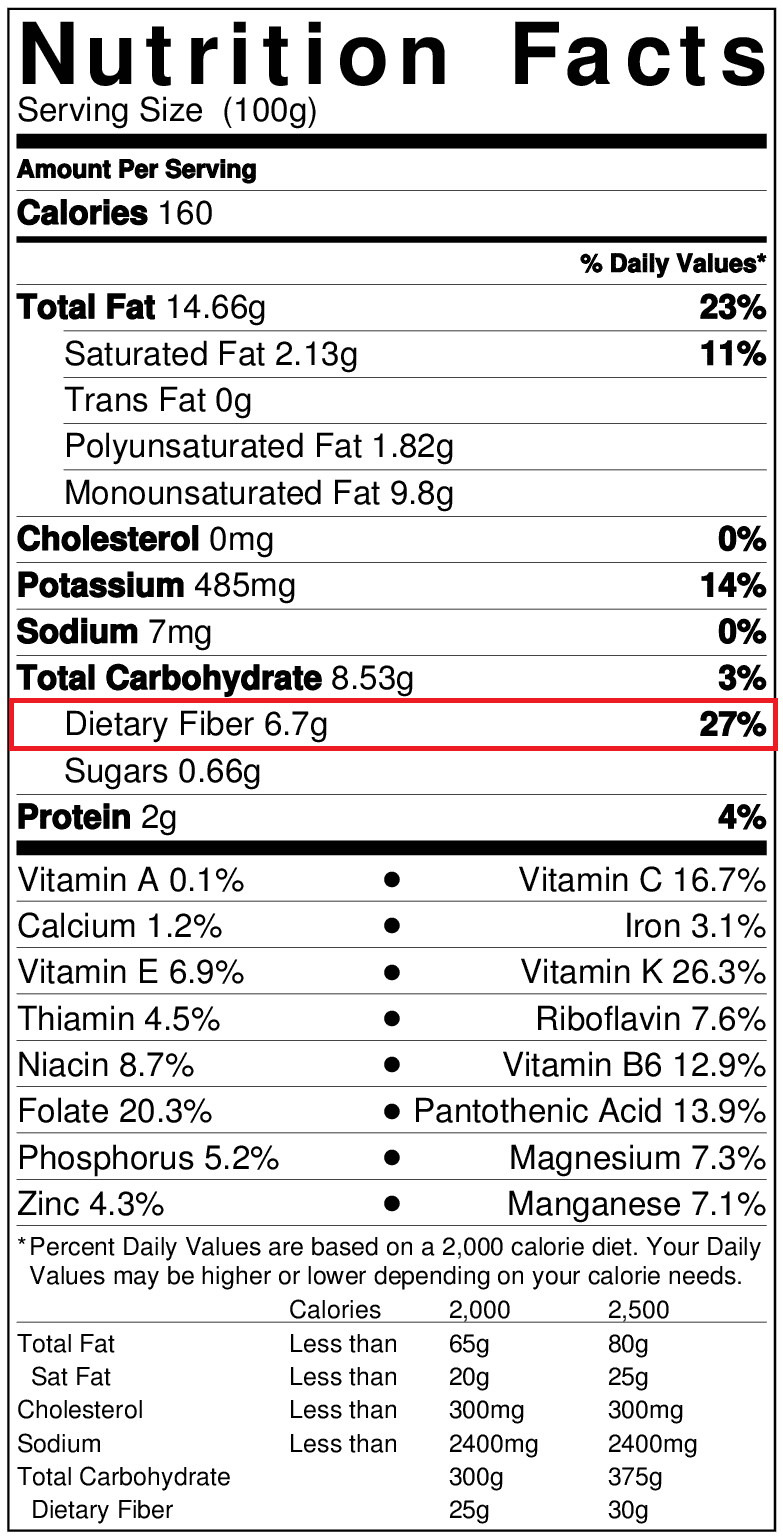Oat Beta-Glucan Soluble Fiber
Fiber Name(s)
- Names and aliases: oat beta-glucan, oat bran fiber, oat bran soluble fiber, oat fiber, oat soluble fiber
- The chemical names and synonyms for oat beta-glucan include the following:
- β-D-glucan
- (1-3),(1-4)- β-D-glucan
Source
Oats
Background
People have been growing and eating oats for more than 2000 years. Today numerous food products containing oats are marketed in the USA and around the world. Since the late 1980’s oat beta-glucan soluble fiber has been recognized as a beneficial dietary component. Originally it was most commonly consumed in whole oats, rolled oats and oat bran, but oat beta-glucan is now also available as an ingredient for addition to a variety of food products. In 1997 the US Food and Drug Administration (FDA) authorized a health claim regarding beta-glucan soluble fiber from oats and reduced risk of heart disease. Similar health claims have been authorized in other countries, including Canada, Australia and Brazil. The European Food Safety Authority (EFSA) has also issued positive opinions regarding two health claims for oat beta-glucan, regarding cholesterol-lowering and reduced post-prandial glycemic response.
Nutritional Properties
When you eat oats or beta-glucan, the beta-glucan decreases cholesterol absorption in the intestinal tract. Beta-glucan also lowers the re-absorption of bile acids (which the body makes from cholesterol) so that your body has to use more circulating cholesterol to produce new bile acids. Lower uptake of cholesterol from the gut combined with more bodily cholesterol used for bile acid production results in reduced levels of cholesterol circulating in the blood.
Beta-glucan, which is not digested by humans, serves as a valuable substrate for fermentation by bacteria in the colon. Oat beta-glucan is a soluble fiber that is generally well-tolerated.
Physiological Benefit
- Blood cholesterol reduction: Daily doses of at least 3 grams can reduce plasma LDL cholesterol levels significantly, when consumed as part of a healthful diet.
- Reduced postprandial blood glucose and insulin response
- Long term weight management: By replacing higher calorie ingredients, beta-glucan may help reduce calorie intake; it may also increase satiety
Scientific Substantiation of Benefits
- Blood cholesterol reduction: Oat beta-glucan lowers blood cholesterol and contributes to maintaining healthy blood cholesterol levels within the normal range. Overall, the data suggest that 3g/day of beta-glucan as part of a healthful diet can lower LDL cholesterol by 3-5%. This may result in a reduction in heart disease of 3-10%, with the greatest reductions occurring in those with higher starting cholesterol levels. The authorized health claims for heart health / cholesterol lowering are based on a daily consumption of 3g beta-glucan, the amount shown to significantly reduce plasma total and LDL cholesterol levels. In most countries where a claim is allowed, the daily dose can be divided among three to four servings of foods. The FDA authorized health claim requires a minimum of 0.75g per reference serving of food, for a daily intake of 3 grams.
- Favorable post prandial blood glucose and insulin response:
- Clinical trials have demonstrated that oat and barley beta-glucan decrease postprandial glycemic responses, without disproportionately increasing postprandial insulinemic responses. Doses of 4g per 30-80g of available carbohydrates can significantly reduce postprandial glycemic response.
- Beta-glucans are thought to improve blood glucose and insulin response by reducing the interaction between food and digestive enzymes in the stomach, delaying gastric emptying, and reducing absorption of glucose.
- Weight management benefits: While additional studies are needed, some research suggests that eating beta-glucan soluble fiber may also promote satiety and/or reduced energy intake at a subsequent meal.
What types of food is this fiber typically found in?
Whole oats, whole oat flour, rolled oats, oatmeal, oat bran
Oat beta-glucan soluble fiber is also added to beverages (smoothies, yogurt drinks, juice drinks), yogurt, nutrition bars, cereals, pasta, crackers, baked goods, soups, sauces, dressings, and dietary supplements.
Recommended Daily Intake
“Of the under-consumed nutrients, calcium, potassium, dietary fiber, and vitamin D are considered nutrients of public health concern because low intakes are associated with health concerns.” – Dietary Guidelines for American 2015-2020 (8th edition).
In the United States, the recommended dietary fiber intake is 14g/1,000kcal. For an average adult, this means a daily intake of 25g (female) or 38g (male). Most Americans only consume about half of the recommended intake (13.5 and 18g, respectively). This shortage in our diet is called the fiber gap.
Given Americans’ current eating habits, closing the fiber gap without consuming fiber-enriched foods would also mean significantly increasing calorie intake. To reach the recommended fiber intake without fiber-enriched foods, most Americans would need to increase their calorie intake by more than 500 calories per day. But meeting fiber requirements doesn’t have to mean adding calories if fiber enriched foods are consumed. Studies have shown, for example, that enriching grain foods with fiber (2.5g–5g) resulted in a fiber intake of 24.7g–39.1g/day with no caloric increase. (Nicklas et al, 2011; Jones, 2014)
Fiber-enriched foods help bridge the fiber gap while delivering excellent taste and additional metabolic benefits. The overall diet should have a mix of various fiber types.
Consuming a Variety of Fibers
Although most fibers will have more than one health-related effect, no one fiber can produce every potential health benefit. Some effects are well recognized for a large number of different fiber types, while others can be very fiber specific. To maximize the health benefits of fiber, it is important to consume a variety of fibers.
Fibers can be found in many different foods. The amount of fiber per serving can easily be found by looking at the Nutrition Facts Panel for the Dietary Fiber line.

Additionally, the fiber content in foods like raw fruits and vegetables that do not have a nutrition label can be found here.
Gastrointestinal Tolerance
Increasing fiber intake suddenly, particularly in individuals consuming a low fiber diet, may result in gastrointestinal effects, such as an increased number of stools per week, having softer stools (but not diarrhea) or having increased flatulence. These effects are due to either bulking effects or due to the fermentation of fiber in the gastrointestinal tract. These potential effects can be minimized by increasing fiber intake more gradually to allow the gastrointestinal tract to adapt. Thus, it may be helpful to decrease fiber intake until these feelings subside and then gradually increase fiber intake until the recommended intake of 14g/1,000kcal is achieved.


